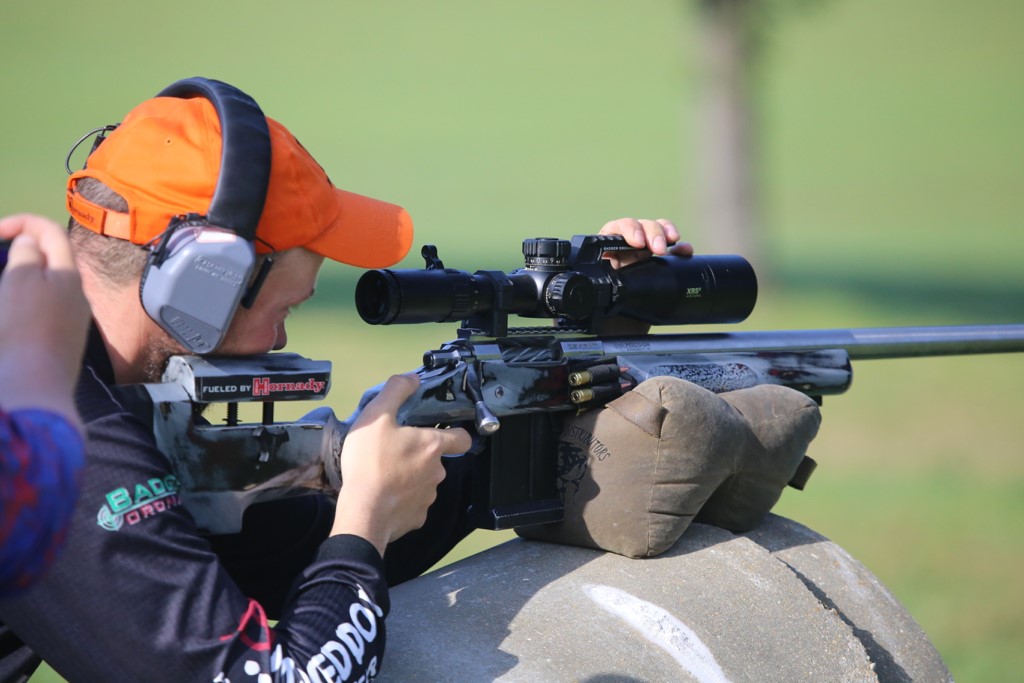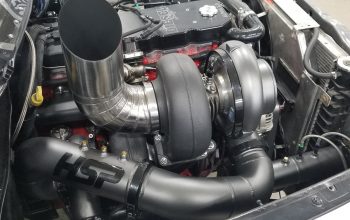
Finding the perfect firearm for precision shooting involves a combination of understanding your specific needs, the technical aspects of firearms, and the nuances that can affect accuracy and performance. Precision shooting, whether for competitive shooting, hunting, or tactical applications, demands a firearm that can consistently deliver high accuracy at long ranges. Here we will discuss about the process of selecting the perfect firearm for precision, considering factors such as caliber choice, action type, barrel characteristics, optics, and ergonomics.
Understanding Precision Shooting Requirements
Precision shooting is an art that demands more than just skill from the shooter; it requires a firearm engineered for accuracy, consistency, and reliability. The first step in finding the perfect firearm is to clearly define what “precision” means in the context of your shooting activities. For a competitive shooter, this might mean a rifle capable of sub-MOA (minute of angle) performance at long distances. For a hunter, it might mean a lightweight, reliable rifle that can accurately place shots at several hundred yards.
Caliber Choice
The choice of caliber is foundational in the selection of a precision firearm. Factors to consider include the intended use (e.g., target shooting, hunting specific game), the shooting distance, and the ballistic characteristics of the caliber (e.g., trajectory, wind drift, and energy). Popular calibers for precision shooting include the 6.5 Creedmoor, known for its flat trajectory and relatively mild recoil, and the .308 Winchester, renowned for its accuracy and versatility. The key is to choose a caliber that offers a balance of performance characteristics that align with your shooting goals.
Action Type
The type of action can significantly influence the precision capabilities of a firearm. Bolt-action rifles are widely regarded as the gold standard for precision shooting due to their inherent accuracy and stability. The direct engagement between the bolt and the chamber ensures minimal movement and vibration during firing, promoting consistency shot after shot. While semi-automatic rifles offer faster follow-up shots, they typically do not match the precision level of a well-built bolt-action rifle, though advancements in technology have narrowed this gap significantly. In contrast, the Remington 870 Express Tactical is a prime example of a shotgun designed for tactical situations, offering reliability and versatility in close-quarters scenarios.
Barrel Characteristics
The barrel is critical to the firearm’s precision, with factors such as length, twist rate, and construction material playing pivotal roles. A longer barrel can provide increased velocity and stability to the bullet, enhancing long-range accuracy. However, the added weight and potential for barrel flex can be drawbacks. The twist rate of the barrel must match the bullet weight and type to stabilize the bullet effectively for accurate flight. Additionally, barrels made from high-quality materials and processes, such as cold hammer forging or stainless steel, can offer superior accuracy and longevity.
Optics
Optics are not an integral part of the firearm but are crucial for precision shooting. A high-quality scope with a clear, reliable reticle and the ability to hold zero even under recoil is essential. The magnification level should match your shooting range, with higher magnification scopes favored for long-distance shooting. Features such as adjustable turrets for windage and elevation, a first focal plane reticle, and parallax adjustment can further enhance precision.
Ergonomics and Customization
The ergonomics of the firearm, including the stock design, grip, and balance, can significantly affect shooter comfort and, consequently, accuracy. A stock that fits the shooter well allows for better control, stability, and recoil management. Adjustable stocks can offer customization to fit the shooter’s body and shooting style perfectly. Additionally, the ability to customize components such as triggers, which can be adjusted for pull weight and travel, can refine the shooting experience and enhance precision.
Testing and Selection
Ultimately, the perfect firearm for precision is one that meets your specific needs and feels right in your hands. It’s advisable to test different firearms if possible, paying attention to how each model performs with your chosen caliber and under conditions similar to your intended use. Reviews and recommendations from experienced shooters can provide valuable insights, but personal experience is irreplaceable.
Conclusion
Selecting the perfect firearm for precision requires careful consideration of numerous factors, from caliber and action type to barrel characteristics and ergonomics. By understanding your specific needs and preferences, researching options, and ideally testing different firearms, you can find a precision firearm that not only meets your expectations but also enhances your shooting skills. Remember, precision shooting is not just about the equipment but also the shooter’s ability to use the firearm effectively. The journey to finding the perfect firearm is a blend of science, art, and personal preference, leading to a rewarding experience that enhances your precision shooting capabilities.


